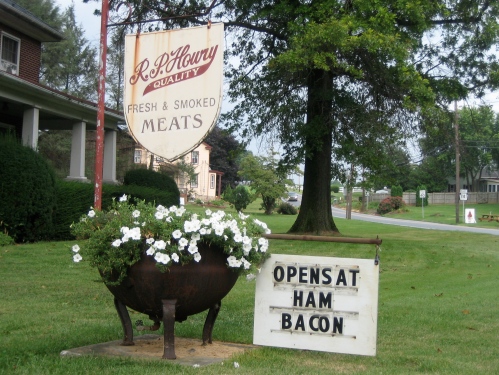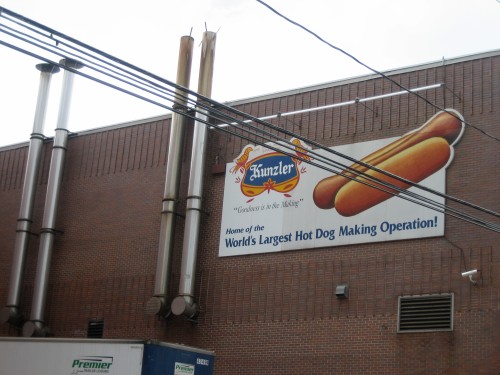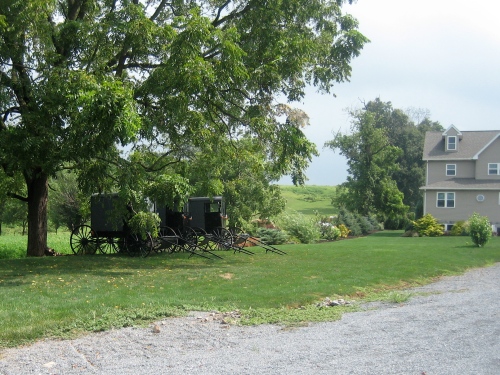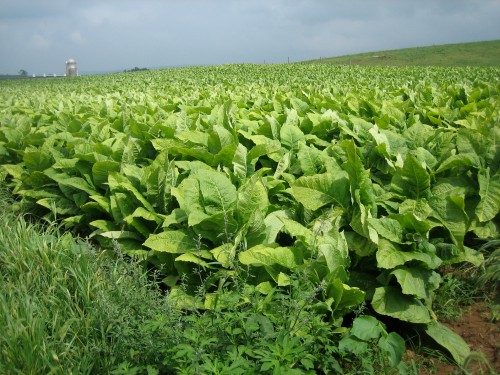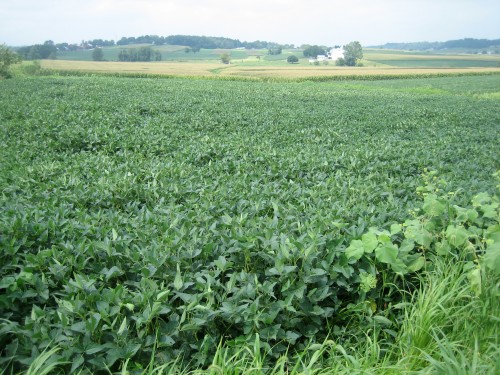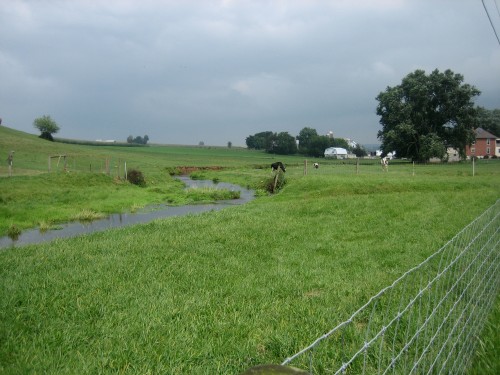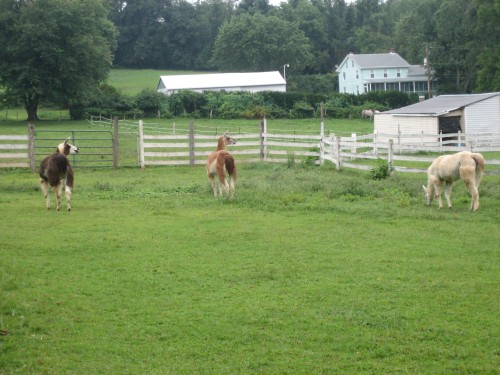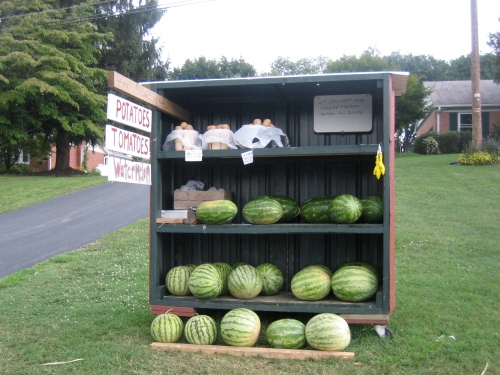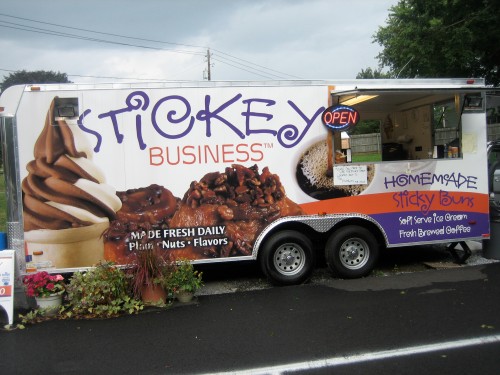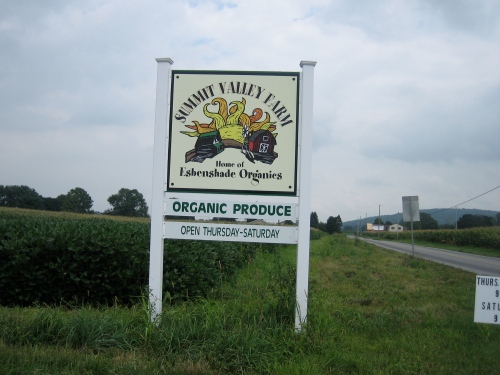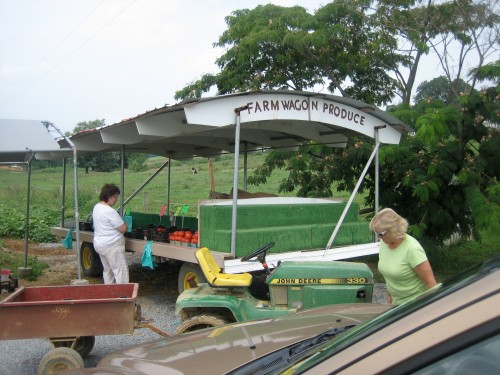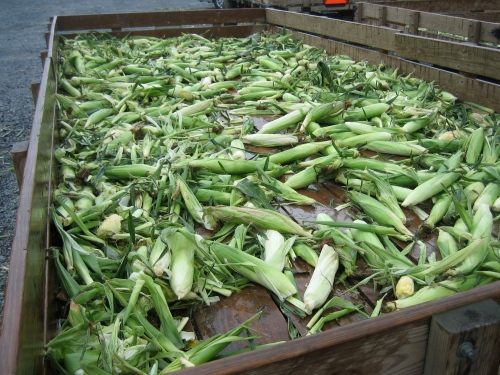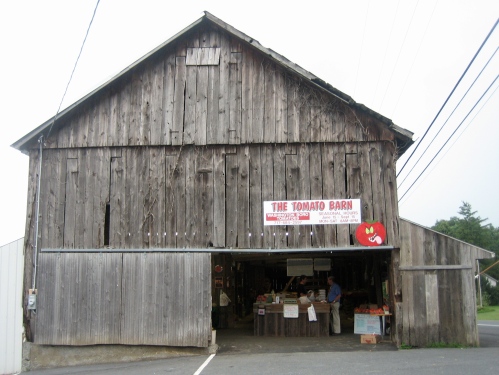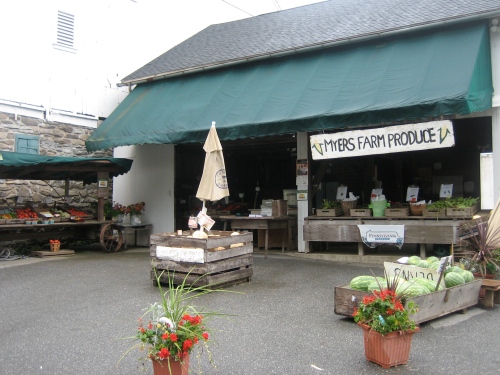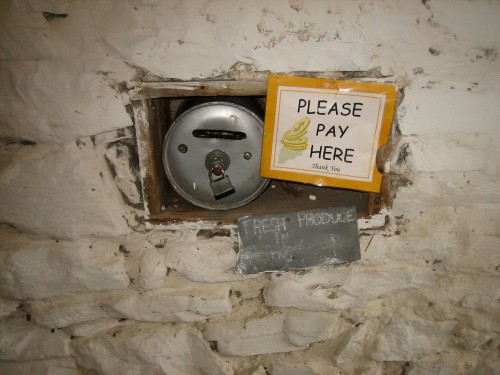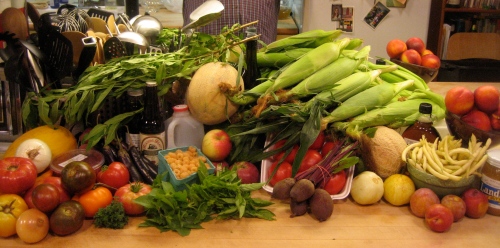At Home at Reading Terminal Market
Reminder: I will be signing books this Saturday, December 11th at Reading Terminal Market from 11 AM to 4 PM. Look for me in Center Court. Bring your old copy of The Frog Commissary Cookbook and purchase a second copy of At Home at half price.
1. korin.com Knife Porn!!!
In the early 1980’s I spent several weeks in Japan. Since that time I have had a deep appreciation of the Japanese aesthetic based upon the Tea Ceremony. What I so admire about this Japanese aesthetic is that it is based on on an exquisite harmony with nature. It is a very small step from that aesthetic to my summer’s worth of visits to farm stands and farmers’ markets and commitment to cooking seasonally. Among the great meals of my life was at Kitcho, just outside Kyoto. Kitcho is kaiseki restaurant — the highest form of Japanese cuisine that is modeled on the Tea Ceremony — but with lots more food. See my little story about this memorable meal on Page 182 of At Home. While in Kyoto I visited a knife shop with a legacy of samurai sword-making that continues to make knives as they have for hundreds of years. I purchased several fine Japanese knives that still serve me well.
Korin features fine Japanese Tableware and Chef Knives. They have a small jewel of a shop in Tribeca, but you can spend lots of time with your nose pressed against the window by visiting their website. They have both Western and Japanese style knives. For most of the cooking we do, a Western style knife is best. I generally use Shun knives that are available at fine kitchenware store like Kitchen Kapers or Fante’s. But Korin is a whole other thing with some hand-crafted knives costing over a thousand dollars. The selection of knives is overwhelming, but decide on a price your willing to pay — there are many fine knives for vastly less than a thousand dollars! — the style of knife you want and take a leap. You can certainly give them a call and they would be happy to guide your choice. A fine knife taken care of will last a lifetime and makes for an extravagant gift to someone who loves to cook…including to yourself. For the sushi-lover who has everything, you can buy them a “sushi-robot.” At the other end of the Korin spectrum is a little scrubber that I will talk about in an upcoming “Stocking Stuffers” post. It’s fun to just visit their site and fantasize.
2. bridgekitchenware.com Professional
As a young and aspiring cook, even before I opened my first restaurant in 1973, I made a pilgrimage to Bridge Kitchenware on East 52nd Street in New York. It was a slightly forbidding retail store stacked from floor to ceiling with all manner of copper pots and “professional” kitchenware. It felt like entering a rarefied world of chefs and I was not clear I was allowed. In recent years Bridge “family” made the decision to withdraw from the New York hustle and bustle. Today they have a store in Roseland, New Jersey, but you can shop where professional chefs shop by visiting online. Need a fish poacher, Bridge has a variety to select from. Want a pro’s tool to finish the top of your creme brulee, no problem. Their website is not easy to navigate — nor was the 52nd Street store, but they have the goods.
3. snakeriverfarms.com Premium Pork
 Several years ago I ordered a ham from Snake River Farms made from Kurobuta pork — a pork breed also known as Berkshire. It was the best ham I ever ate. Pork generally available today in supermarkets has had much of its character breed out in favor of its “other white meat” status. Snake River supplies restaurants, but anyone can order their heritage pork or Wagyu Beef from their online store. You can now sometimes find Berkshire pork and grass-fed beef from local farms and at farmers markets, but its hard to find locally this time of year. You go to so much effort to make a special holiday meal — why not go the extra step and serve something very memorable.
Several years ago I ordered a ham from Snake River Farms made from Kurobuta pork — a pork breed also known as Berkshire. It was the best ham I ever ate. Pork generally available today in supermarkets has had much of its character breed out in favor of its “other white meat” status. Snake River supplies restaurants, but anyone can order their heritage pork or Wagyu Beef from their online store. You can now sometimes find Berkshire pork and grass-fed beef from local farms and at farmers markets, but its hard to find locally this time of year. You go to so much effort to make a special holiday meal — why not go the extra step and serve something very memorable.
4. latienda.com Spanish Specialties
La Tienda specializes in Spanish food-stuffs including paella pans and paella kits. These “gift kits” include the pan and paella makings. Paella is a wonderful special occasion “one-dish” entree — think New Year’s Eve. You can make paella in any large, flat flame-proof pan — in a pinch I use a cast iron skillet, but a paella pan is made for this dish — wide with low slopping side. One of my favorite cooking activities is making paella over a round Weber kettle grill. Once you get the hang of making paella — it’s not difficult — there are lots of different paellas you can make. At Home features a recipe for Seafood Paella on Page 236. Don’t be put off by the long list on ingredients — it’s just shopping and part of what makes it special. And it’s not like you’re going to make this weekly. La Tienda also sells smoked paprika, used in At Home’s Little Lamb Meatballs with Smoked Paprika Cream on Page 97. These small gems were inspired by a Madrid trip that occurred when I was developing recipes for At Home.
5. artisinalcheese.com Say Cheese
If I had to pick a single food to eat the rest of my life, it would probably be sushi. Reasonably healthy. The other is cheese. I am always amazed at the complex world of fine cheese flavors. Unfortunately, cheese is not so healthy so I try to limit my cheese consumption. So when I have cheese, I like it to be something special. Among the recent changes in the local food scene is the development locally produced world class cheese from cheese-makers like Princeton’s Cherry Grove Farm and Elverson’s Amazing Acres. Great local cheeses can be found at local cheese shops and at the Fair Food Farmstand at Reading Terminal. For the Cheese Lover on your gift list, I suggest you consider Artisinal Cheese’s Cheese of the Month Club. It’s like Harry & David’s Fruit of the Month — but more special and delicious.
6. chefshop.com Wild Italian Fennel Pollen and Other Hard to Find Ingredients
 It’s so hard to figure out what to give as a gift. Closets are filled with gifts slated for re-gifting. Maybe Pixar will do a follow-up to Toy Story 3 about the fate of such gifts. Do you want your gift to suffer this fate? Well, the gift of food is not likely to have such a fate. Which brings me to Wild Italian Fennel Pollen. OK, not everyone loves the taste of fennel. But I do. The White Bean & Caramelized Fennel Dip on Page 78 of At Home has been my book-signing lure and give-away this year. The ultimate fennel is Wild Italian Fennel Pollen. Just saying it is transportative. Before conforming to the reality of available ingredients, the Fennel-scented Strips Bass on Page 260 was made with fennel pollen. Go to Chef Shop for special ingredients that you need for a special meal or a to give as a gift unlikely to be slated for re-gifting.
It’s so hard to figure out what to give as a gift. Closets are filled with gifts slated for re-gifting. Maybe Pixar will do a follow-up to Toy Story 3 about the fate of such gifts. Do you want your gift to suffer this fate? Well, the gift of food is not likely to have such a fate. Which brings me to Wild Italian Fennel Pollen. OK, not everyone loves the taste of fennel. But I do. The White Bean & Caramelized Fennel Dip on Page 78 of At Home has been my book-signing lure and give-away this year. The ultimate fennel is Wild Italian Fennel Pollen. Just saying it is transportative. Before conforming to the reality of available ingredients, the Fennel-scented Strips Bass on Page 260 was made with fennel pollen. Go to Chef Shop for special ingredients that you need for a special meal or a to give as a gift unlikely to be slated for re-gifting.
7.recchiuti.com Chocolate Heaven
Michael Recchiuti is Chocolate Royalty. A former Philadelphian – who spent some time in The Commissary’s Bakery in the early 80’s — Michael is based in San Francisco. The two table chocolates Christina and I served at our wedding were Michael’s and Marcolini’s from Brussels. Michael makes simply extraordinary chocolates and other confections. His Key Lime Pears are a personal favorite and a perfect house gift to bring to a holiday party.
Previn – Philadelphia’s Own Professional Kitchenware Source
While you can’t buy online, Philadelphia’s own Previn has a website that offers an array of unusual and sophisticated kitchenware. You browse their online catalog and call to discuss price and place your order.
Purchase At Home Online
If you live within a few hundred miles of Philadelphia, it typically takes two days to deliver At Home to your door using standard shipping. However, to make sure you have At Home by Christmas, ideally order by Monday, December 20th. After that date, consider expedited shipping.
Ardmore Farmers’ Market on Thursday Thursday, December 16th
I will be at the Ardmore Farmers’ Market on Thursday, December 16th from 11 AM to 4 PM.
Other Places to Purchase At Home
Green Aisle Grocery
The pioneering Green Aisle is located at 1618 E. Passyunk Avenue, between Tasker and Morris. It is also a wonderful place for locally sourced foodstuffs for home and holiday giving.
Coopermarket
Coopermarket’s proprietor is Beth Cooper, a long-time friend. In addition to purchasing At Home, it’s a great place to bring home delicious prepared foods for the holidays. Coopermarket is located at 302 Levering Mill Road in Bala Cynwyd.
Joseph Fox Bookshop
For many years while I operated The Commissary on the 1700 block of Sansom Street, the Joseph Fox Bookshop was a neighbor. It is Center City’s great independent bookshop and the only bookshop carrying At Home. A book makes a perfect holiday gift because your selection of a particular book for someone you love is an indication that you know and understand who they are. You can count on the books at Joseph Fox to be lovingly curated by the Fox family. The Joseph Fox Bookshop is located at 1724 Sansom Street in Philadelphia.
Thank you for visiting.
Steve
Your Home Entertaining Coach




